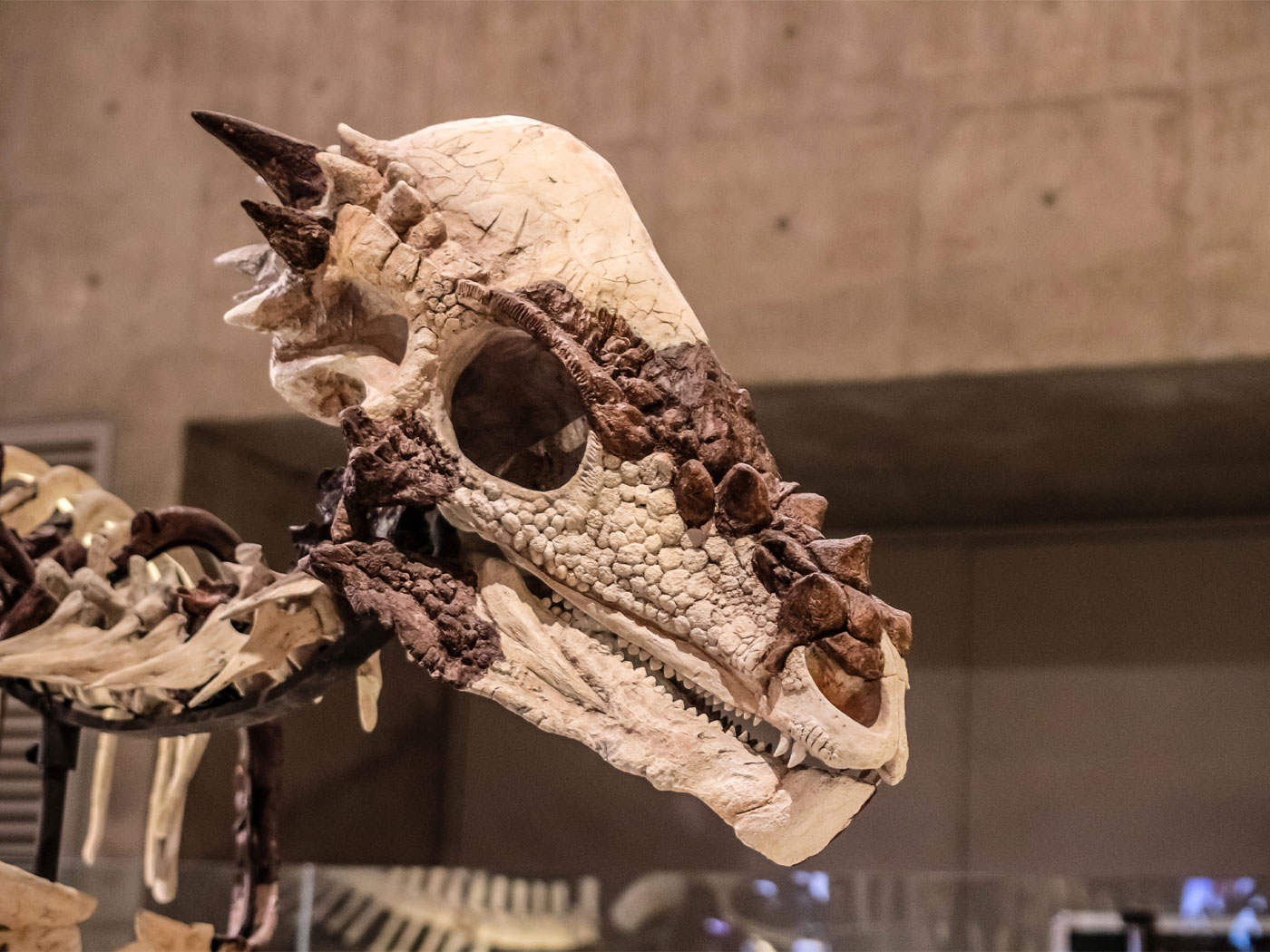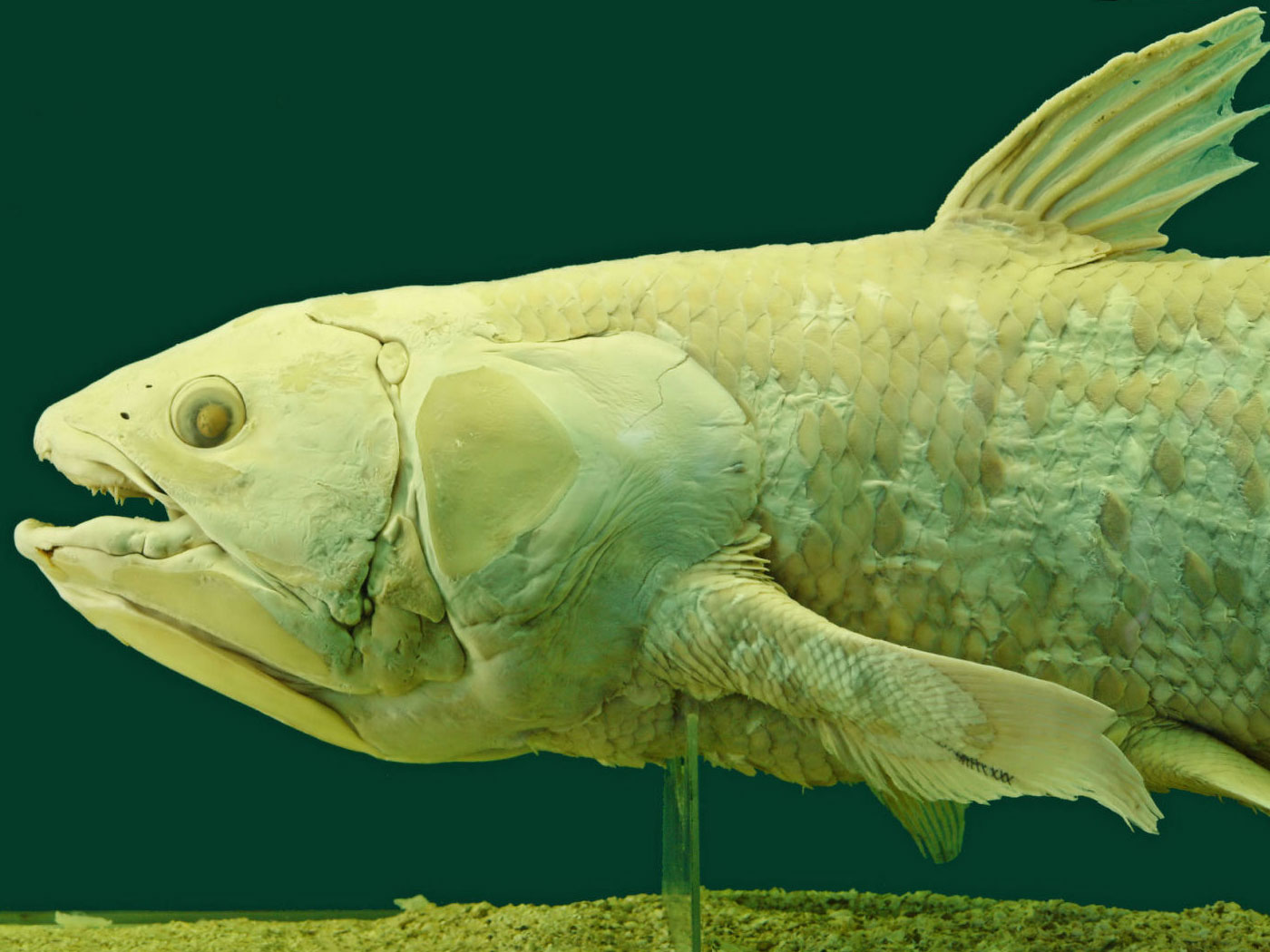The 1925 Scopes Trial in Dayton, Tennessee, has been deemed the most important trial in American history, but the trial itself was not the only aspect of "The Scopes Extravaganza," for it had a nearly unbelievable background and auxilliary scenario. John Scopes, on trial for teaching evolution (contrary to Tennessee law), didn't actually do so until after the charges had been filed. Then he did so in the back seat of a car, just to be sure he had committed the proper crime.
The newly formed ACLU, supposedly defending Scopes, had in reality recruited him and set the whole thing up. At trial's end, they asked the jury to convict him, desiring to appeal to a higher court. John Scopes was only a means they used to strike at Christianity and creation. Their goal was to eradicate the influence of Christianity in the public arena.
Newspaper and radio commentaries delivered the news to an anxious public nationwide. But the reports bore little resemblance to the truth, as recorded in trial transcripts. Christianity was on trial in the press, and the fix was in. Even after the trial it continued, most notably in the ficticious "Inherit the Wind" play-turned-movie. Unfortunately the movie is all most people know of the whole affair.
Defense attorney Clarence Darrow hoped to introduce much scientific evidence against creation, and had assembled an impressive array of professors. When the judge ruled scientific testimony irrelevant to the case, their testimony was read into the transcripts without the jury present.
As we look back, we see that each one of the arguments for evolution are now known to be wrong. Featured prominently were supposed vestigial organs, like the appendix or tonsils, once touted as leftovers from an evolutionary past, but now recognized as functioning. Embryonic recapitulation, the idea that the human fetus goes through various evolutionary stages in the mother's womb, surfaced, but this whole idea was disproved decades ago.
Most memorable were the fossil ape-men, but consider the list of evidences: Neanderthal man, known to be fully human; Piltdown man, later discovered to have been due to a fraudulent combination of human skullcap with an ape's jaw; Java man, consisting of an ape skull and a human femur, found separated by many meters, and later disavowed by its discoverer; and Australopithicus africanus, the skull of an infant ape which typically bore a slight resemblance to a human child's skull. Not entered into the trial, but aired in the press, was Nebraska man, America's own ape-man and thus very popular. This fossil consisted of only one tooth, later discovered to be that of a pig.
The evolutionists did not have a good case in 1925, but they did win a media victory, and Christians retreated for many years from promoting true creationism.
*Dr. John Morris is the President of ICR.













